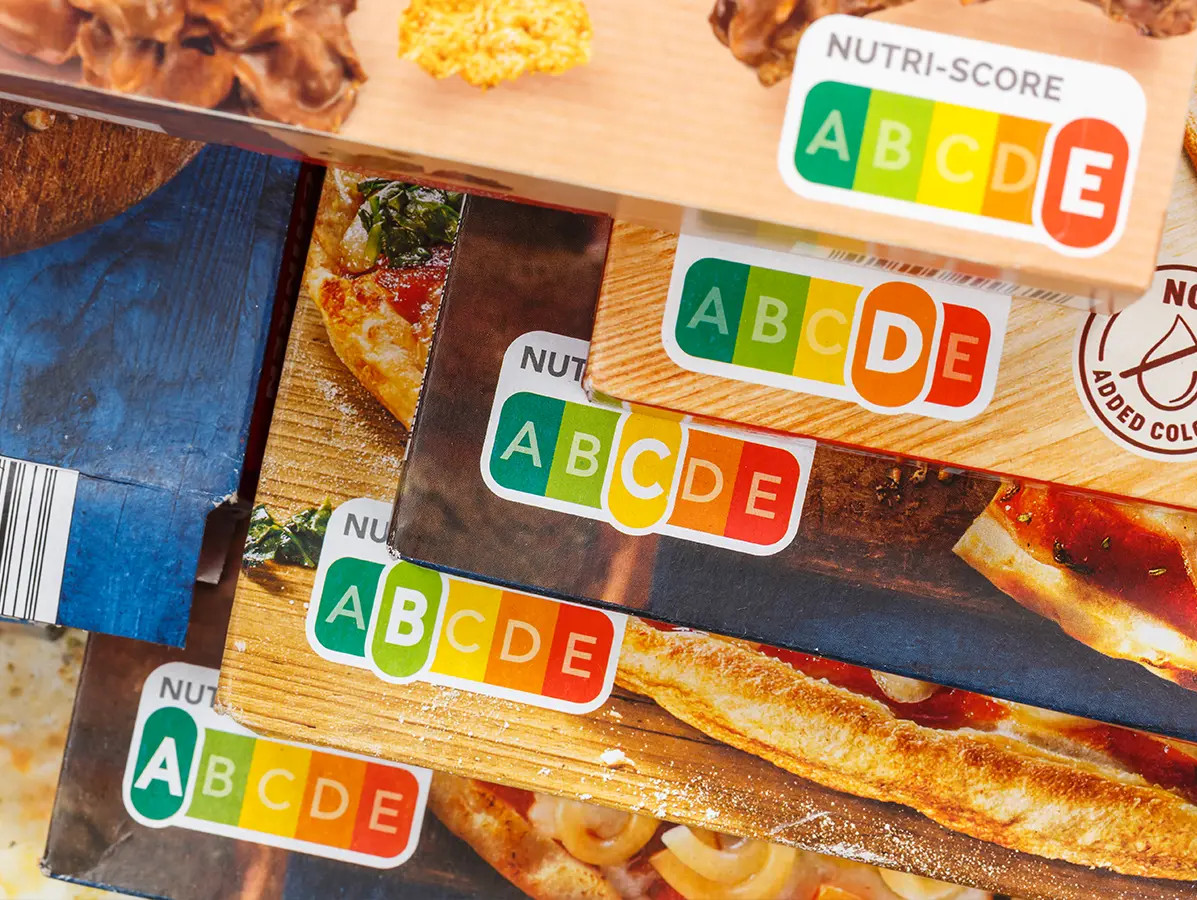
Since January 2024, Dutch food companies have been able to add the Nutri-Score to their packaging. This food choice logo aims to help consumers make healthier choices while encouraging producers to improve their products. The Ministry of Health, Welfare, and Sport (VWS) introduced the logo as part of the National Prevention Agreement. This initiative aligns the Netherlands with countries such as France, Belgium, and Germany.
To reduce administrative burdens, the Levensmiddelendatabank has introduced an integration with GS1 Data Source. Many companies already use this data pool to supply product information to retailers. As a result, producers only need to provide minimal additional data for the Nutri-Score. Key information, such as fat, sugar, and salt content, is already included in existing label data. Wieke van der Vossen from the Voedingscentrum, which manages the Levensmiddelendatabank, highlights that this integration is unique to the Netherlands. In other countries, data is often submitted manually, which is more cumbersome.
The integration required an expansion of the GS1 Benelux model. Data fields such as the proportion of vegetables, fruit, and legumes had to be added. This required international coordination, but according to Van der Vossen, the integration offers significant advantages. Data is synchronized daily, making new products immediately available. The RIVM also benefits from this, for instance, when monitoring the use and effectiveness of Nutri-Score.
The ministry hopes that more companies will adopt the logo. For interested producers, tools such as calculation models and instructional videos are available on a dedicated platform. Food retailers have already committed to displaying the Nutri-Score on all their private-label products, marking an important step toward broader acceptance.
Source: GS1